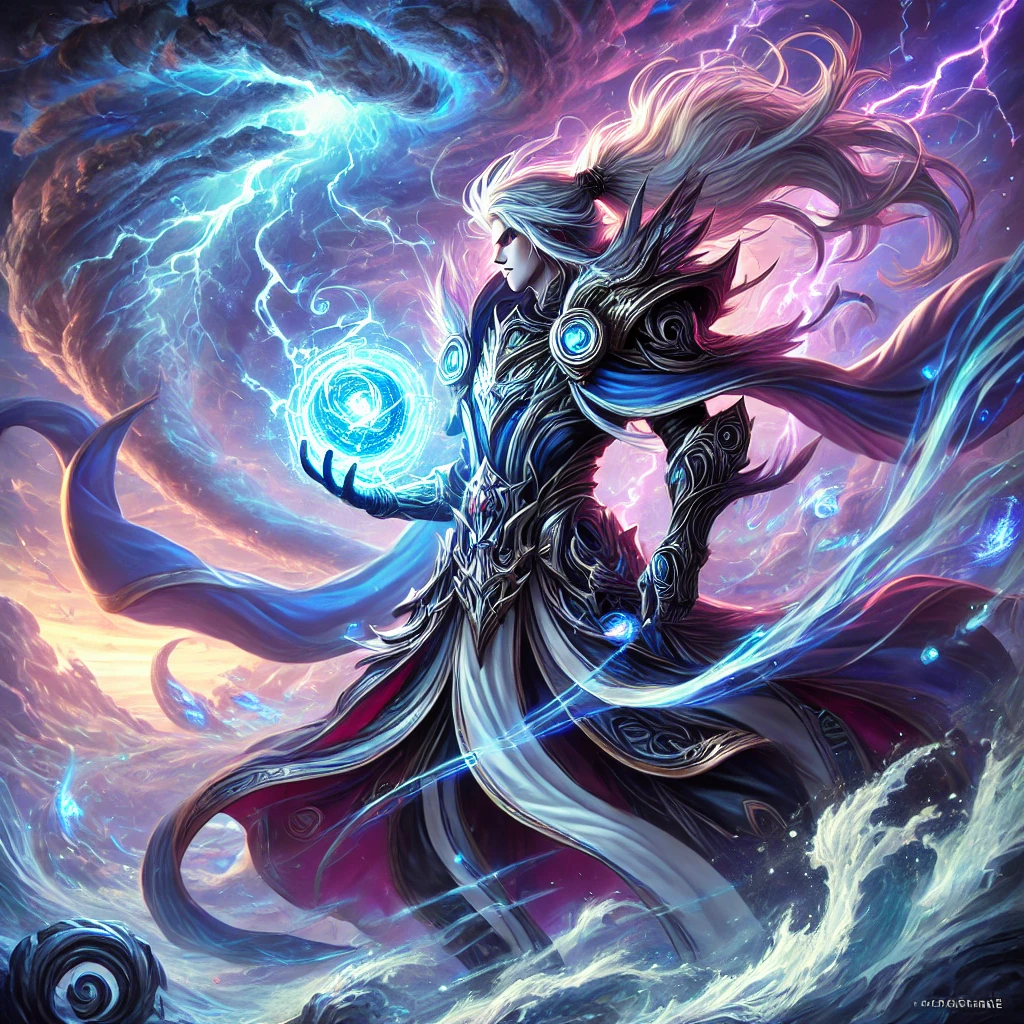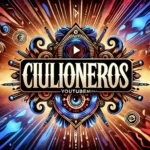Narutas Viesulo Kronikos is a fascinating title that sparks curiosity among those who come across it. It brings to mind a deep and intricate narrative, and this article will delve into the meaning, history, and the possible world that revolves around the term “Narutas Viesulo Kronikos.” We will cover its origins, potential influences, and its significance in popular culture, as well as explore the nuances of the subject in depth.
Table of Contents
Understanding Narutas Viesulo Kronikos
The term “Narutas Viesulo Kronikos” is not widely recognized across mainstream global media, but it resonates with those who have a keen interest in diverse cultures and unexplored narratives. Translated into English, the phrase can be interpreted as “Narutas Whirlwind Chronicles.” Breaking down the individual components of the term helps us understand it better.

- Narutas – This could be a name or a reference to a key character or figure in the narrative. It draws parallels with “Naruto,” a popular Japanese anime and manga series known for its vibrant characters, emotional depth, and action-packed plot. However, Narutas seems to stand on its own, representing something unique in its context.
- Viesulo – Translated to “whirlwind” or “storm,” it signifies chaos, speed, or turbulence. In many mythologies and stories, whirlwinds symbolize transformation, power, or an uncontrollable force of nature. It could represent the struggles or challenges faced by the central character or even the unpredictable turns within the plot of the chronicles.
- Kronikos – “Chronicles” are often associated with a historical or narrative record of events, giving the impression that Narutas Viesulo Kronikos is a story, saga, or sequence of significant events that unfolds over time.
Together, the title suggests a rich, possibly epic narrative with a strong central figure or protagonist, marked by turbulent events and powerful forces at play.
Possible Inspirations and Origins
Given the linguistic elements in “Narutas Viesulo Kronikos,” it’s likely that the narrative draws inspiration from various cultural influences. The blend of a personal name with references to nature (whirlwind) and a historical or storytelling framework (chronicles) hints at a fusion of mythology, fantasy, and real-world historical storytelling traditions.

One might argue that the name “Narutas” is reminiscent of Eastern storytelling, particularly Japanese anime, which is famous for its strong, character-driven stories like “Naruto.” However, the term “Viesulo” suggests a more European or Baltic influence, as it is derived from Lithuanian, meaning whirlwind. This leads us to speculate that the Narutas Viesulo Kronikos may be rooted in Lithuanian or Baltic folklore, where natural elements like wind, storms, and forests often play critical roles in myths and legends.
The idea of chronicling epic tales is universal and can be found in the traditions of many cultures, from the ancient Greek epics like the “Iliad” to Norse sagas, where heroes face extraordinary challenges. Thus, “Narutas Viesulo Kronikos” could be seen as a narrative that intertwines various mythological and storytelling traditions from different parts of the world.
The Role of Whirlwinds in Literature and Mythology
Whirlwinds, as symbols, are often used to represent chaos, destruction, and transformation. In mythology, they are sometimes associated with gods or supernatural beings capable of controlling the winds or the weather. For instance, Greek mythology tells of Aeolus, the ruler of the winds, who could release powerful storms at his will. Similarly, in Native American lore, the whirlwind is a symbol of the unpredictable nature of life and spiritual transitions.
In literary terms, whirlwinds often appear when a character is on the brink of change. They signal shifts in the narrative, often leading to personal growth or profound revelations for the protagonist. If Narutas Viesulo Kronikos draws on these traditional uses of the whirlwind, it suggests that the chronicles involve significant personal transformation and tumultuous events, where the characters are forced to confront the forces of nature, destiny, or fate.
The Hero’s Journey in Narutas Viesulo Kronikos
Assuming that Narutas is the main protagonist, it is possible that the story follows the classic structure of the “Hero’s Journey.” This archetypal storyline involves a hero who embarks on an adventure, faces challenges, and returns transformed. In Narutas Viesulo Kronikos, the “whirlwind” aspect could represent the trials and tribulations the hero faces, possibly a journey through literal or metaphorical storms.
In the early stages of such a story, Narutas may begin as an ordinary individual or someone of noble origin, who is thrust into extraordinary circumstances. The whirlwind, as a natural force, could symbolize an event or catastrophe that disrupts their life, setting them on a path to discovery and self-growth.

As the story unfolds, Narutas would encounter allies, enemies, and possibly divine or supernatural entities that either aid or hinder their quest. The chronicles aspect suggests that these events are significant enough to be recorded for posterity, indicating the scope and importance of Narutas’ journey.
Symbolism and Themes in Narutas Viesulo Kronikos
At its core, Narutas Viesulo Kronikos seems to explore themes of chaos, transformation, and the passage of time. The whirlwind could symbolize the uncontrollable forces in life that challenge the protagonist’s ability to navigate their journey. It could also signify the internal struggles faced by Narutas, as they attempt to find balance amid the chaos surrounding them.
The chronicles imply that this is not a standalone story but rather a series of interconnected events, perhaps spanning generations or vast distances. This structure allows for the exploration of various themes, including:
- Fate vs. Free Will: Does Narutas control their destiny, or are they at the mercy of the whirlwind’s chaos?
- Nature and Humanity: How do natural forces like storms shape the human experience? Are they metaphors for internal conflict or external societal challenges?
- Heroism and Legacy: What does it mean to be a hero? How does one’s story get remembered or chronicled for future generations?
Cultural and Global Appeal of Narutas Viesulo Kronikos
The appeal of Narutas Viesulo Kronikos lies in its ability to resonate across different cultures. By blending elements of myth, nature, and human struggle, the narrative draws upon universal themes that people from all walks of life can relate to. The story could easily attract readers who enjoy epic tales of heroism, rich world-building, and stories where nature itself becomes a character.
In a world where environmental concerns are increasingly at the forefront, narratives like Narutas Viesulo Kronikos may also strike a chord with audiences who are interested in how human beings interact with the natural world. The whirlwind, in this context, might represent the growing unpredictability of the environment due to climate change, adding a layer of contemporary relevance to the story.
Conclusion
Narutas Viesulo Kronikos is a title that suggests an epic, multilayered narrative steeped in myth, heroism, and transformation. Although it may not be widely known in the mainstream media, it has the potential to attract attention from those interested in storytelling that combines elements of nature, culture, and personal growth.
By incorporating the concept of a whirlwind, the narrative taps into rich symbolic traditions found in literature and mythology. The chronicles aspect hints at a grand, ongoing tale that could span generations, while the personal journey of Narutas suggests a hero’s struggle against forces greater than themselves. The fusion of these elements makes Narutas Viesulo Kronikos an intriguing and potentially powerful story that could resonate with audiences across the globe.
As a result, Narutas Viesulo Kronikos stands as a rich and untapped narrative, ready to be explored and appreciated by a wider audience. It has all the makings of an epic that could leave a lasting impression on the world of storytelling.










